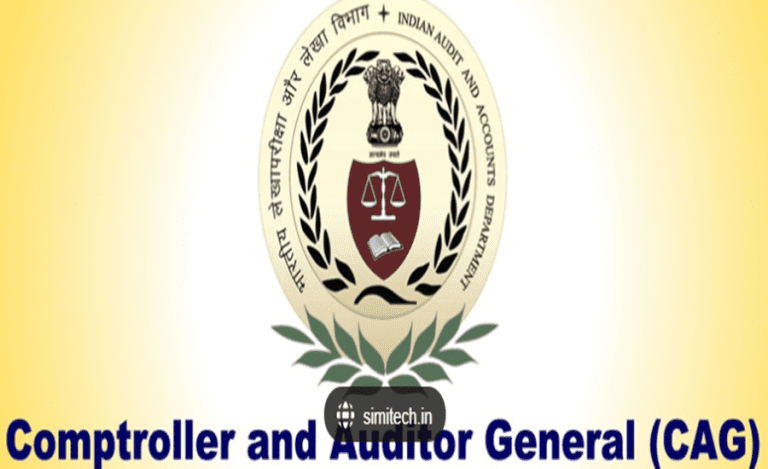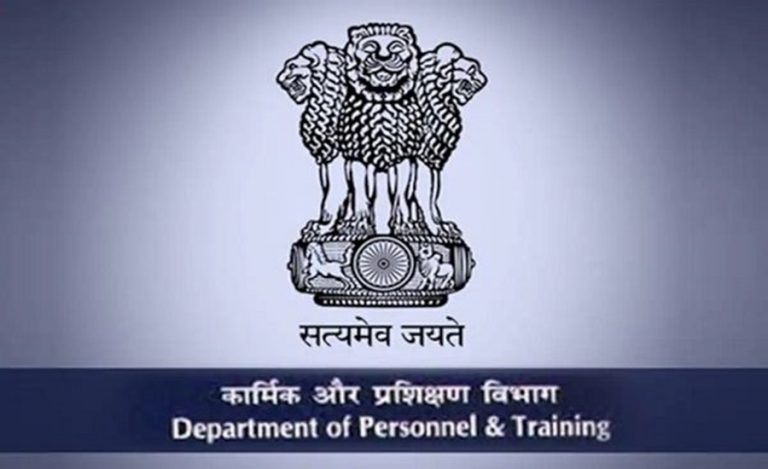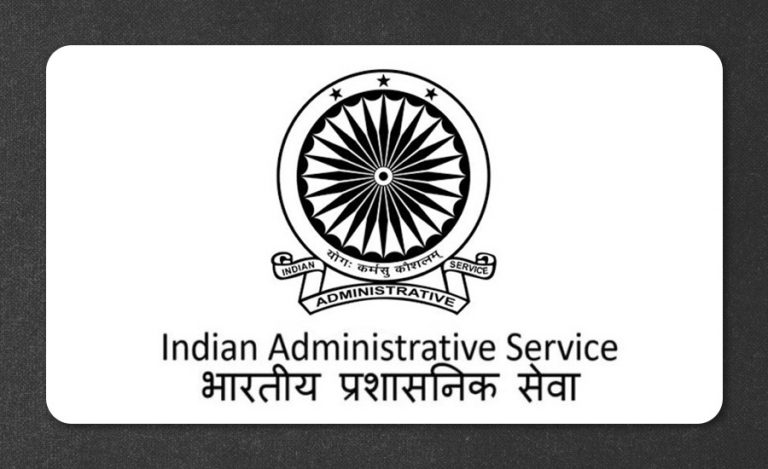The Center has changed its administrative strategy toward the north and northeastern borders in a quiet but significant way, broadening the scope of its larger strategic call to abandon the previous justification of leaving infrastructure along the Himalayan borders underdeveloped in order to block easier access to any Chinese advance.
What is the major shift, then? To fundamentally shift from a “hands-off” or “less interference” strategy to actively pursuing a development model in line with other states in order to alter the training paradigm for the upcoming generation of bureaucrats.
The government has launched the Parvatmala initiative, which is centred on the 13 Himalayan states that range from the north to the northeast, through the Lal Bahadur Shastri National Academy of Administration (LBSNAA). For the purpose of understanding the government’s Act East policy, the programme mandates that all bureaucrats enrolled in foundation courses spend a week in at least one Himalayan community.
The key theme in the parvatmala programme across levels is governance, development and national security. Some of the principal objectives of the theme are:
- Challenges and opportunities to enhance livelihood
- Dealing with insurgency Improving assessments for sectors like tourism and agriculture
- Working on international sharing of resources like water, hydropower and highways.
- Inputs on ongoing government strategies
Customized training programmes for employees of the state civil services of these 13 states are a crucial component of the initiative. Even though LBSNAA is primarily responsible for training IAS officers, it has been given the duty of developing these programmes. Two batches of Arunachal Pradesh’s state services were previously trained last year. This year, Sikkim is probably going to be included.
It appears that the conceptual shift is to make these border regions engines of economic growth, not to leave them undisturbed and disconnected from the changes taking place in other places. The post-1947 policy to train administrators along the lines that they should, as much as possible, leave certain areas intact for political and security reasons has effectively been reversed.
The “Himalayan experience” is now a mandatory component of all important training programmes. In order to improve outcomes in remote locations, the LBSNAA has redesigned the training into 19 domain areas linked to everyday administration policies.



















